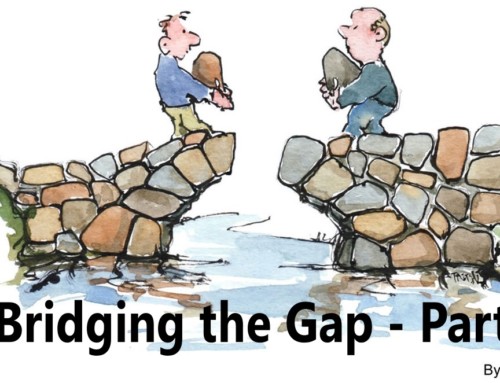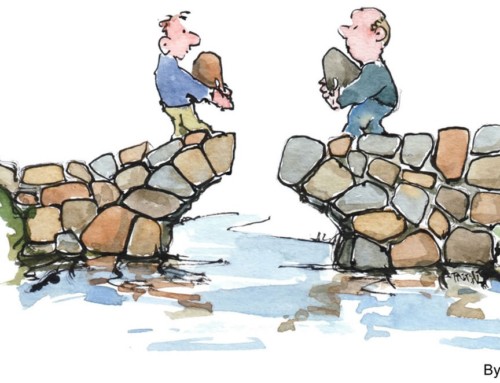If you’ve recently experienced a reduction-in-force your organization you’ve probably noticed that no one is currently showing up for work.
Sure the survivors are in their chairs, but everyone is doing more with less and they have less energy for their work than ever before.

Employees are preoccupied with their own security and mourning the loss of co-workers. There is no creativity or new thinking – everyone is just getting the job done and secretly developing their own contingency plan. For the most marketable employees, that plan includes polishing up their resume.
A Drake International survey of 6,300 employees and managers who have experienced downsizing found that 40 percent of the staff were less than motivated after the downsizing and productivity improved in only 21 percent of cases. The culture of most organizations that have experienced a reduction-in-force is unhealthy.
A study by Leadership IQ, conducted with 4,172 layoff survivors in Washington D.C., reflects even more dire consequences. Seventy-four percent of the layoff survivors claim that their own productivity has suffered and 64% believe it has taken a toll on co-workers productivity as well. Other disturbing claims are a reduction in customer service, an increase in employee mistakes and a reluctance to recommend their organization as a good place to work.
Waiting it out and hoping that time will heal the organization is a risky proposition. Strong leaders will intervene to heal their organizations, bring hope and restore organizational health.
Begin with healing
Healing begins with the senior team having honest and courageous discussions. Many mistakenly believe that the sign of a great leader is bravado in the face of fear and pain. The opposite is true. What the organization needs now is authentic leadership. Employees want competent leaders, but unfeeling robots cannot bring the organization back to health. Employees want to feel understood and they want their questions answered – honestly.
Healing can only begin when the senior team is ready to take a deep look at themselves and what they can learn from the experience. They must release their own guilt and prepare for transparent dialogue with the rest of the organization. And then they must have the dialogue, so others can heal.
As honest, authentic dialogue occurs across an organization, there is an elevation that is experienced. Even if the business outlook is still precarious, employees feel cared for and respected when in dialogue and the healing begins.
From healing to hope
To move from healing to hope, leadership has an opportunity to involve employees in creating something new. Perhaps it is building on a new vision for the organization, creating an engaged culture, developing a customer service focus or refocusing on the core business. It is an opportunity to create momentum through employee involvement. By focusing on something new and meaningful, employees transition from fear to optimism. An organization blanketed in fear cannot move forward.
If the organization has not been participative in the past, it is an opportunity for everyone – leadership and staff – to grow. The best tool for this process is an employee summit using appreciative inquiry, a methodology that builds on the positive core of the organization.
From hope to health
The health of an organization is restored as the possibilities revealed through the employee summit are moved into implementation. It is imperative that leaders loosen control and make space for employee contribution. The implementation process reinforces a collaborative approach to building an exciting, healthy future.
After experiencing a reduction-in-force, your organization is filled with presenteeism – people are in the chairs, but no one is really there. This situation can only be healed through processes that provide honest and transparent answers and that honor the emotions of employees.
Movement from healing into hope is possible through processes that invite employees to contribute to a new and meaningful movement.






Leave A Comment
You must be logged in to post a comment.